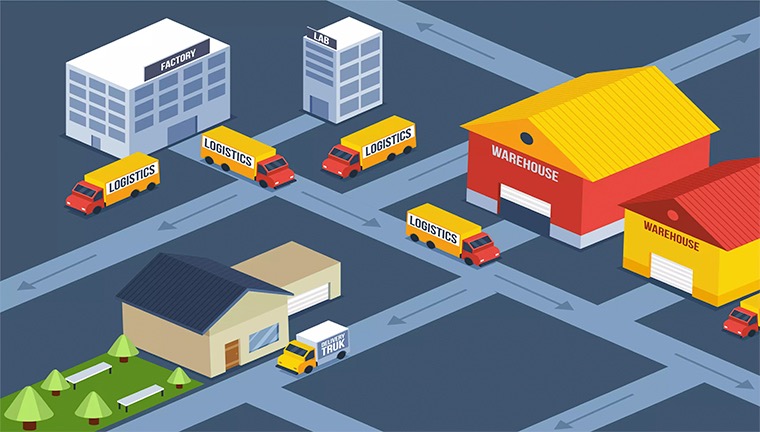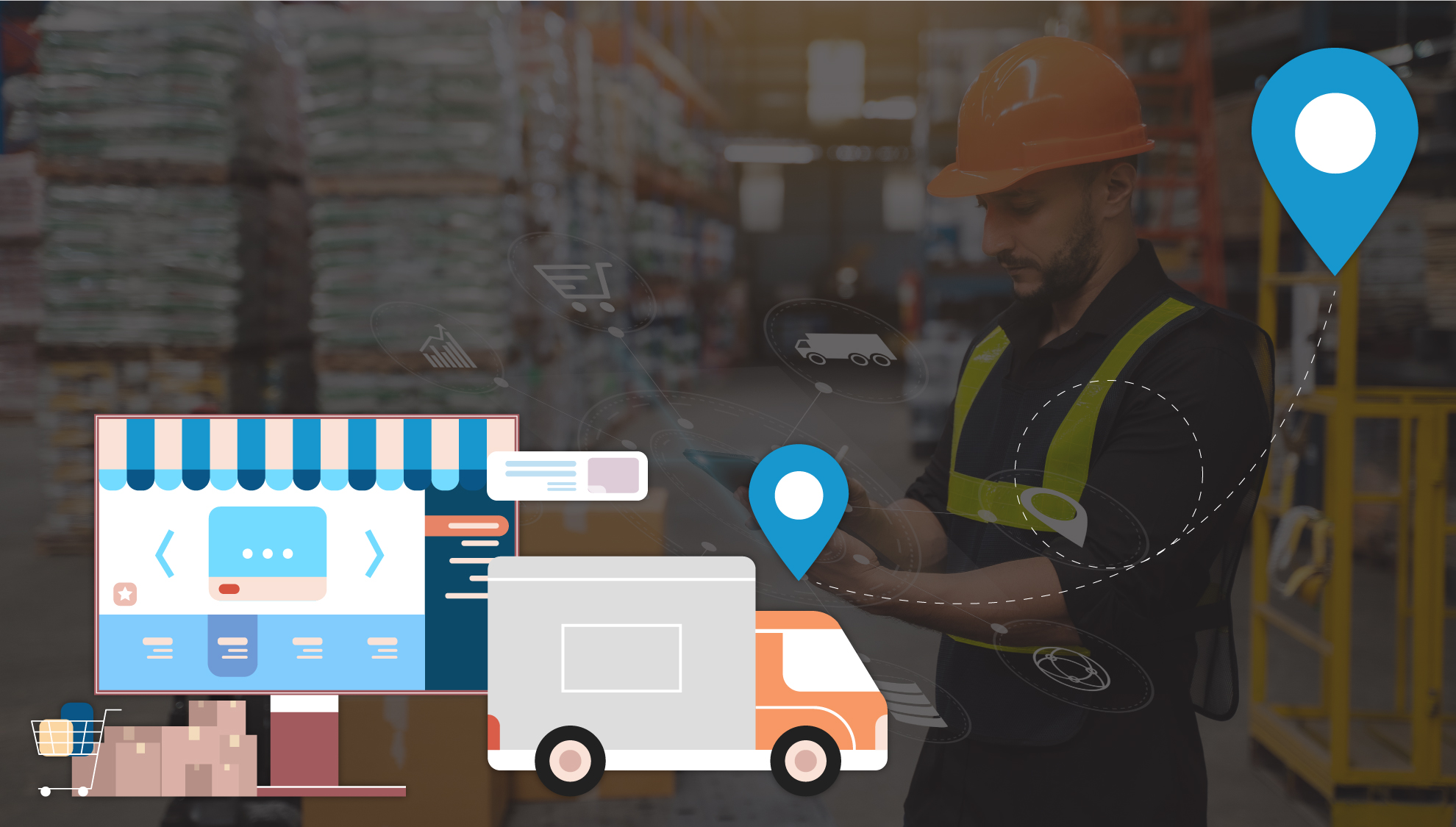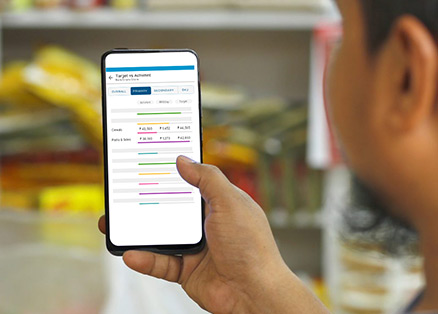“While most companies, both international and domestic, in FMCG are aggressive, larger companies have that slight edge because they can dip into their parent’s vast resources in terms of learnings and insights. Functions such as technology and R&D are globally aligned, helping them to raise their game quickly,” says G Chokkalingam, founder and managing director, Equinomics Research & Advisory.
The FMCG Industry has been blooming in India for quite a few years giving endless opportunities to new entrants to excel in this industry. It is the 4th largest industry in the Indian economy. Each company is trying its best to make its mark in the industry. This industry is comprised of many small scale and large scale companies.
Even though the FMCG industry as a whole is flourishing, there is a difference in working and in various processes when it comes to small and large FMCG companies.
Table of Contents
ToggleAvailability of Resources
Relatively larger firms have more resources meaning they can allocate a larger number of distributors to go directly to different retailers to sell their product. A lot of times, the distributors are unable to fulfill the demands of the retailers. While this can be the case with both the larger and smaller companies, the latter are more affected. This is due to the lack of knowledge of what’s happening on the ground. It becomes harder for smaller companies to identify bottlenecks in the process due to lack of technology and resources on the ground.
Brand popularity
In the case of Samsung, distributors visit the retailers to sell their products to ensure the stock and display of the samsung products. However, because Samsung is a popular brand, retailers are more open to giving the company more stock, even if the product hasn’t completely proved to be a success in the market. Being such a large company, the distributor also has enough stock to match the retailers demands. On the other hand, a relatively lesser known brand like HTC might struggle to get the kind of shelf space Samsung can. The process for HTC might be a lot longer given they will have to prove their product in the market first.
Distribution margin
Distribution margin is also affected by the overall budget that is allotted for the sale process. The number of retailers that can be approached depends on the distribution margin. The more the budget, the larger the number of retailers can be contacted and also more shelf space can be talked about.
Credit and Trade Promotions
The better the trade promotions, the greater would be the sales. Larger companies have more scope to provide their consumers with such promotions due to the already established framework, allowing for more leeway in budgets and promotional experiments.
Consumer reach
Consumer reach is complemented by penetration of the brand in the market. The greater the penetration, the higher is the propensity of a brand to improve its ranking on the list. It is led by a combination of factors, including distribution and marketing push. It is very important that the consumers recognise your product. Consumer reach helps decide the demand of the product. Because a lot of the relatively smaller companies may have a limited reach, in spite of having a product that has a good market, it reduces their consumer reach meaning a smaller customer base and less scope for expansion.
Consumer Segment
Not only the consumer reach, innovation and creative consumer segment also define the demand of the products and thus how large is the distribution system. For example, Patanjali in India came under the consumer segment: Herbal which was very innovative and new at the time of its launch. Since it was only player in the market, it could capture a greater audience and also used a larger shelf space at the stores since they had no competition to face in the stores.
Conclusively, it’s important to remember that no matter how big or small the company is, access to relevant data and information is key to optimizing the several aspects of the secondary sales process. Sales force automation software service companies with relatively smaller sales teams as well as the fortune 500s.
About Post Author
Nikhil Aggarwal
Driven by his passion for growth through automation, Nikhil takes pride in embarking his clients through a transformational journey and helps them be a more resilient, agile, and future-ready brand.











